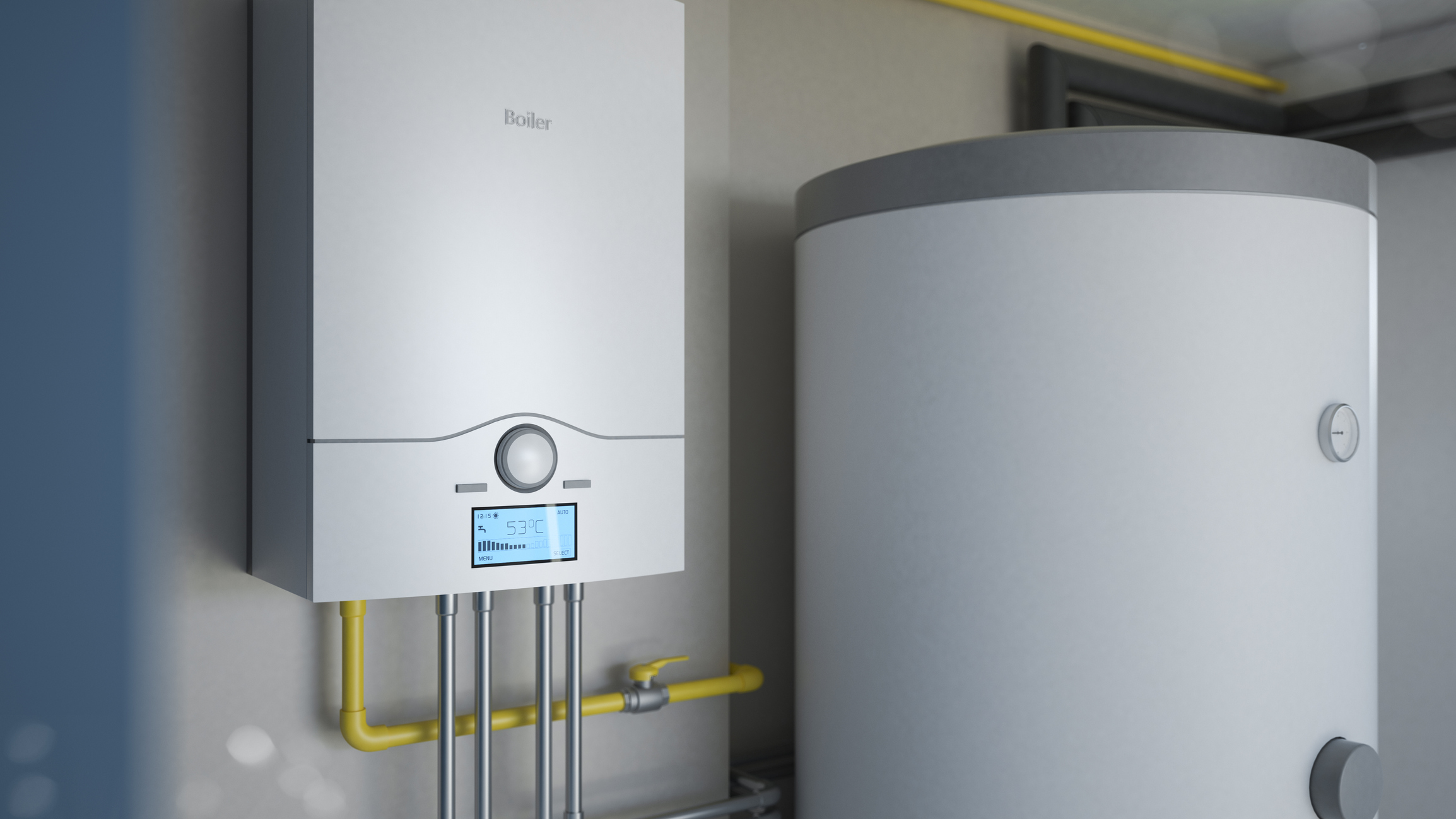Steps to Prolong the Life of Your Home's Hot Water System By Maintenance
Steps to Prolong the Life of Your Home's Hot Water System By Maintenance
Blog Article
Everybody has got their personal perception when it comes to How to Maintain Your Water Heater & Prolong its Life.

Hot water is crucial for everyday convenience, whether it's for a refreshing shower or washing meals. To ensure your hot water system runs successfully and lasts longer, routine upkeep is key. This short article offers functional tips and insights on just how to keep your home's hot water system to stay clear of disturbances and costly repair services.
Intro
Maintaining your home's warm water system might seem complicated, yet with a couple of simple steps, you can ensure it runs smoothly for many years ahead. This overview covers everything from understanding your hot water system to do it yourself upkeep tips and understanding when to employ professional help.
Value of Preserving Your Warm Water System
Regular maintenance not only expands the life-span of your hot water system but likewise guarantees it runs successfully. Neglecting maintenance can cause reduced performance, greater energy bills, and even premature failing of the system.
Indicators Your Warm Water System Demands Upkeep
Knowing when your warm water system needs attention can avoid major problems. Keep an eye out for indicators such as irregular water temperature level, weird sounds from the heater, or rusty water.
Understanding Your Hot Water System
Before diving into maintenance tasks, it's valuable to comprehend the fundamental elements of your hot water system. Usually, this consists of the hot water heater itself, pipelines, anode poles, and temperature level controls.
Regular Monthly Upkeep Tasks
Routine regular monthly checks can assist capture small problems before they intensify.
Purging the Hot Water Heater
Purging your hot water heater gets rid of debris build-up, enhancing effectiveness and extending its life.
Checking and Replacing Anode Rods
Anode rods avoid corrosion inside the tank. Inspecting and changing them when worn is important.
Inspecting and Adjusting Temperature Level Setups
Changing the temperature settings ensures optimum efficiency and security.
DIY Tips for Maintenance
You can perform a number of maintenance tasks on your own to maintain your hot water system in top condition.
Looking for Leakages
Frequently examine pipes and links for leakages, as these can cause water damage and higher costs.
Checking Pressure Relief Valves
Examining the stress relief valve guarantees it works properly and prevents too much stress buildup.
Shielding Pipelines
Insulating warm water pipelines decreases heat loss and can conserve energy.
When to Call a Specialist
While DIY maintenance is advantageous, some concerns require specialist know-how.
Complicated Issues Needing Professional Assistance
Examples consist of major leakages, electrical troubles, or if your water heater is consistently underperforming.
Regular Professional Upkeep Advantages
Specialist maintenance can consist of extensive inspections, tune-ups, and making certain conformity with security standards.
Conclusion
Regular maintenance of your home's warm water system is vital for performance, durability, and price savings. By adhering to these suggestions and recognizing when to seek specialist help, you can make certain a dependable supply of warm water without unexpected disruptions.
How to Maintain an Instant Hot Water Heater
Before tinkering with your hot water heater, make sure that it’s not powered on. You also have to turn off the main circuit breaker and shut off the main gas line to prevent accidents. Also turn off the water valves connected to your unit to prevent water from flowing into and out of the appliance. 2. When you’re done, you have to detach the purge valves’ caps. These look like the letter “T†and are situated on either side of the water valves. Doing so will release any pressure that has accumulated inside the valves while at the same time avoid hot water from shooting out and burning your skin. 3. When the purge valves’ caps are removed, you have to connect your hosing lines to the valves. Your unit should have come with three hoses but if it didn’t, you can purchase these things from any hardware or home repair shops. You can also get them from retail stores that sell water heating systems. Read the user’s manual and follow it to complete this task properly. When the hosing lines are connected, open the purge port’s valves. 4. You should never use harsh chemical cleaners or solutions when cleaning your unit. Make use of white vinegar instead. It should be undiluted and you’ll probably use about 2 gallons. 5. Now flush your water heater. This task should probably take about 40 minutes. We can’t give you specific directions for this because the procedure is carried out depending on the type, model and brand of your heater. With that being said, refer to the user’s manual. 6. When you’re done draining the unit, you have to turn off the purge port valves again. Remove the hosing lines that you earlier installed on each of the water valves. Put the valve caps (purge port) back in their respective places and be very careful so as not to damage the rubber discs that are found inside these caps. 7. Now that everything’s back in place, check your user’s manual again to find out how to reactivate your water heating system. 8. Once it is working, turn one of your hot water faucets on just to let air pass through the heater’s water supply pipes. Leave the tap on until water flows smoothly out of it. https://www.orrplumbing.com/blog/2014/september/how-to-maintain-an-instant-hot-water-heater/

I'm certainly very occupied with How to Maintain a Hot Water Heater in a Few Simple Steps and I'm hoping you enjoyed reading our piece. Sharing is nice. You won't know, you will be doing someone a favor. Thanks so much for your time invested reading it.
Click Here Report this page